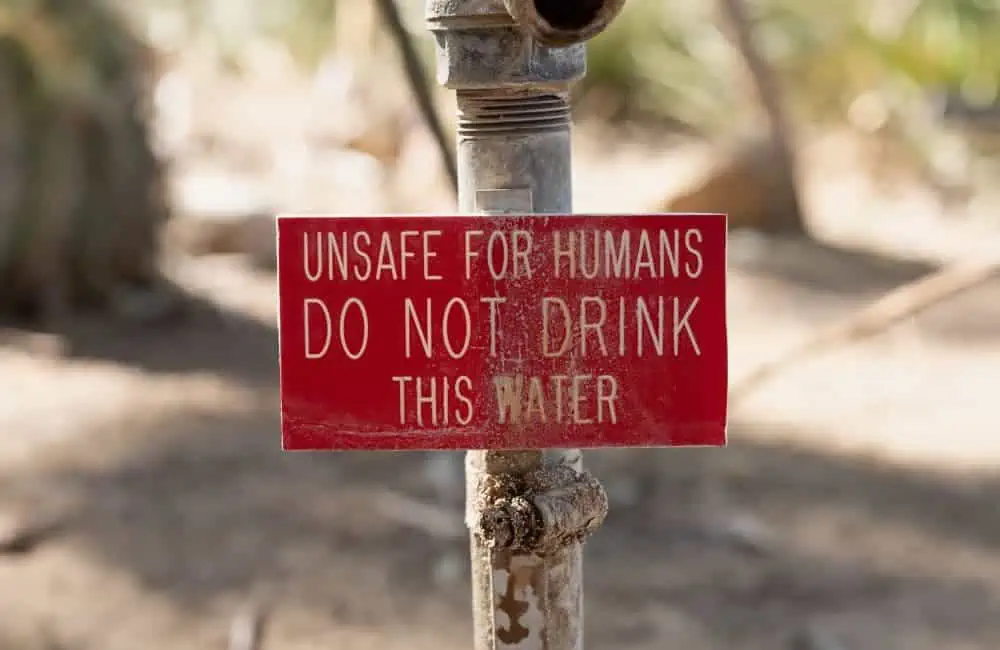The ATSDR has determined that water contamination at Camp Lejeune began sometime around 1953 at the Hadnot Point water treatment facility.
The drinking water system began operating in this area of the camp as early as 1941, when the site was first being developed, but the contamination did not formally begin until nearly 12 years later.

A volatile organic compound (VOC) known as TCE (trichloroethylene) was later discovered to be the primary contaminant at the Hadnot Point plant.
Other chemicals, including vinyl chloride, benzene, PCE (tetrachloroethylene), and DCE (dichloroethylene), were also found at Hadnot Point.
PCE was the main contaminant at the Tarawa Terrace treatment facility.
The ATSDR believes that PCE began affecting the Tarawa Terrace water supply around 1957.
Tragically, these sites were not thoroughly tested until the early to mid-1980s, and the most highly contaminated wells at Tarawa Terrace and Hadnot Point were not shut down until 1985.


